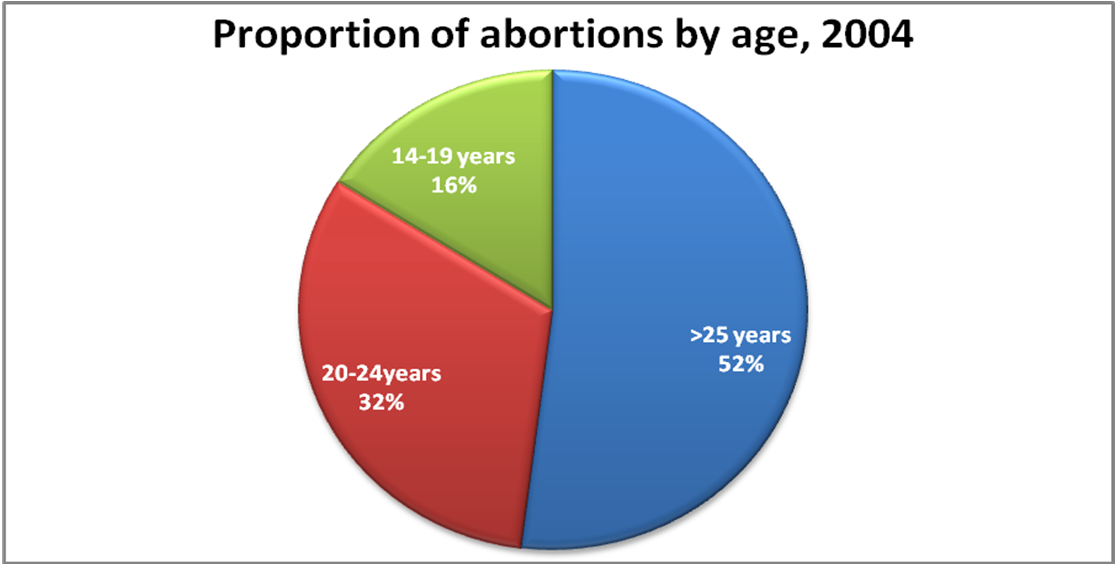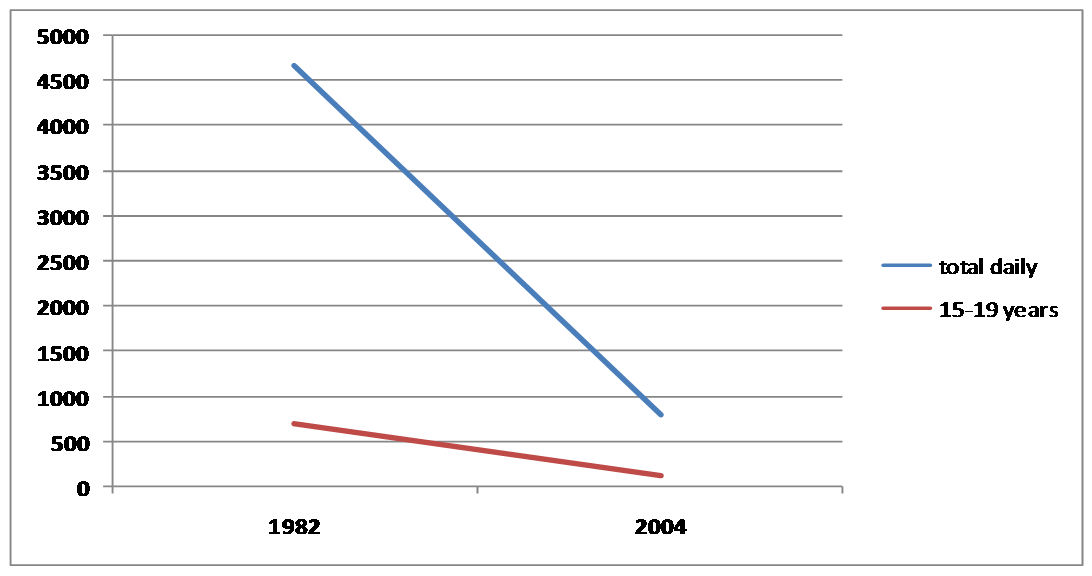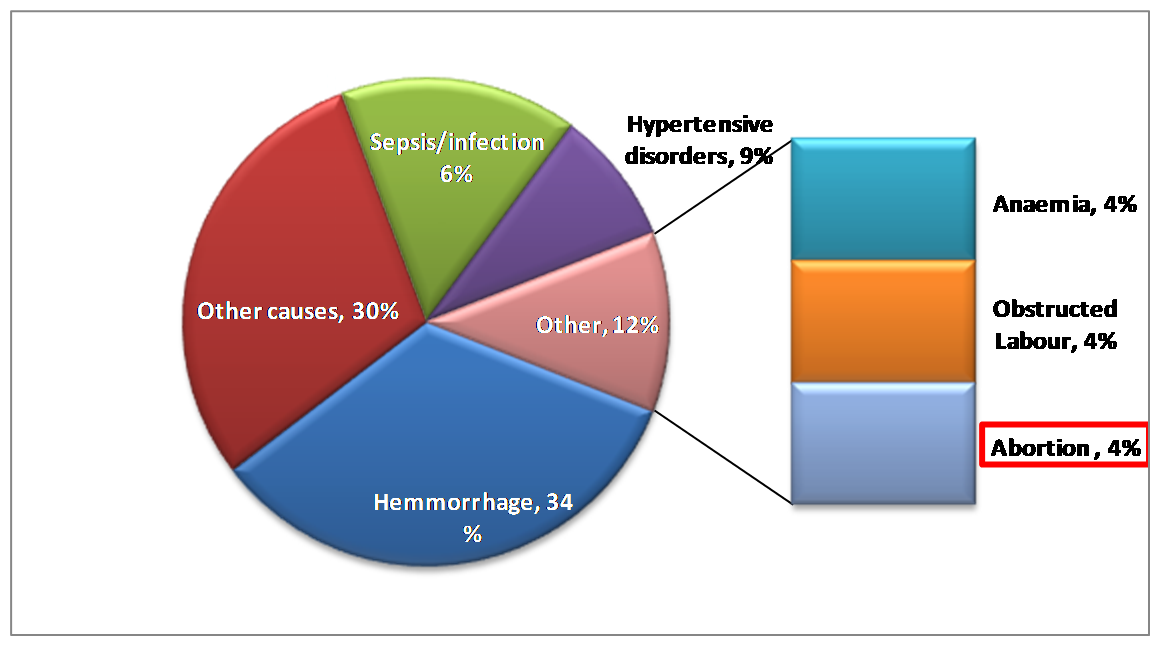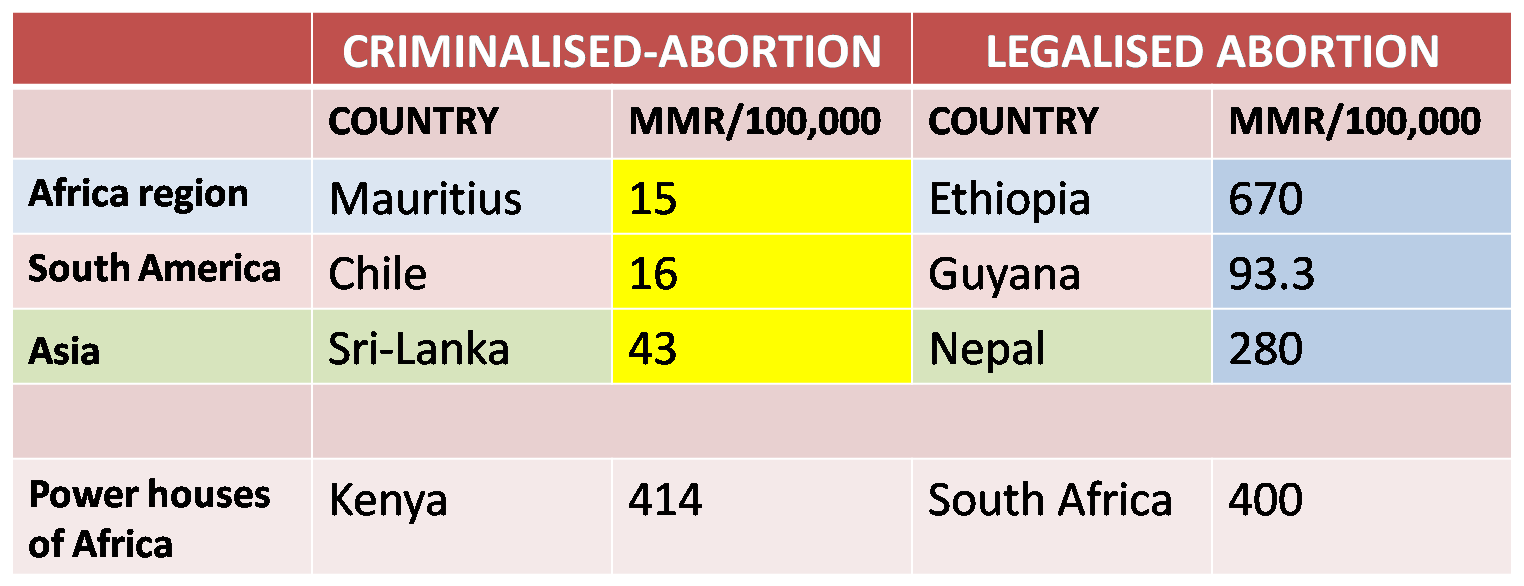The Christian Medical Fellowship - Abortion
The Pro Life Movement is composed of all who assert and promote the sanctity of human life from conception to natural death
Proponents of abortion directly contradict and undermine the moral foundation of vision 2030.
- They violate the UTU value (humanness). Disregard for the sanctity of Human life.
- By misquoting and misrepresenting information that could be used for the general good of the nation, they fail on the test of integrity.
- By their inability to inform the nation on the true state of abortion in Kenya, by publicly misleading the public and even government on the import of abortion, they fail on the account of patriotism.
- Through the promotion of a skewed system of allocation of resources for healthcare away from more pressing health issues, they fail on account of stewardship
Life Before Birth
There is generic and medical evidence that points to life beginning before birth.
- That is why governments invest huge amounts of money in ANC, PMTCT etc
- It is also why science remains profitable - making equipment for monitoring babies!
- It gives health professionals and non medics a vocation as obstetricians, midwives, neonatologists etc!
Personhood
Babies in the womb have fully human characteristics and they respond to stimuli while in the uterus.
For example:
- 21 days after fertilization, the baby has a heart that is beating and can be detected medically;
- 8 weeks, the baby feels pain;
- 9 weeks, the baby can grasp an object with the hands;
- 10 weeks the baby can swallow and frown and the toes and fingers are separated.;
- 12 weeks, the baby can suck, kick and play with the umbilical cord.
- All organs are fully formed and functional by 12 weeks of life within the uterus

"A national assessment of the Magnitude and consequences of Unsafe abortion in Kenya, 2004" by the Ministry of Health, Kenya Medical Association, FIDA Kenya and Ipas.
"A national assessment of the Magnitude and consequences of Unsafe abortion in Kenya, 2004" by the Ministry of Health, Kenya Medical Association, FIDA Kenya and Ipas.

The difference in the two sets of data reflects an 83% drop in the number of abortions procured daily as at 2004. This rate of decline is world class and does not need any further interventions.

Countdown to 2015 for maternal, newborn and child survival; the 2008 report on tracking coverage in intervention. Lancet 2008; 371:1247-58
Does the Technique used in Abortion matter?
- Abortion complication rates in Kenya are very high even in specialist hands and at tertiary institutions.
- With liberalization of the procedure we will not be able to attain the Millennium Development Goal 5!
- The use of tablets; mifepristone and or misoprostol for medical abortion will compound the situation . This because they will be taken in remote areas without access to healthcare. The result? More child and maternal deaths!
- Current data shows that medical abortion results in a x 4 incidence of adverse events or complications.
Niinimaki et al, Complications after medical and surgical abortion Obstetrics and Gynaecology, VOL.114, No.4 October 2009.
Comparisons of maternal mortality rates between countries that have criminalised and those that have legalised abortion

UNICEF website per country data 2000-2005/2007
Africa: Beyond Kenya
- The African nation with the lowest maternal mortality rate is Mauritius(15), a country with some of the continent's most protective laws for the unborn.
- On the other end of the spectrum is Ethiopia, which has decriminalized abortion in recent years in response to global abortion lobby pressure. Ethiopia's maternal death rate (670) is 45 times higher than in Mauritius.
- South Africa has the continent's most liberal abortion laws and also a high maternal mortality rate of 400 per 100,000.
South America: Beyond Kenya
- Chile, with constitutional protection for the unborn, outranks all other South American countries as the safest place for women to bear children.(MMR-15)
- The South American country with the highest maternal mortality is Guyana, with a rate 6 times higher than in Chile at 93.3. Guyana allowed abortion without almost any restriction in 1995.
- Ironically, one of two main justifications used for liberalizing Guyana's law was to enhance the "attainment of safe motherhood" by eliminating deaths and complications associated with unsafe abortion.
The Chile Experience
- Abortion had always been a major cause of maternal death
- The concern for maternal mortality rates, particularly the death of women from abortion, led to the implementation of public services oriented towards "responsible parenthood."
- These services were established in Chile beginning in 1964.
Asia: Beyond Kenya
- In Asia, Nepal, with no restriction on the procedure(abortion), has one of the world's highest maternal mortality rates (MMR 280).
- The lowest in the region is Sri Lanka; with a rate fourteen times lower than that of Nepal (at MMR43).
- According to the pro-abortion public interest law firm Center for Reproductive Rights, Sri Lanka has among the most restrictive abortion laws in the world.
Our Position
- Legislation of Pro-abortion law contradicts and undermines the moral foundations for vision 2030.
- Abortion denies the baby the most basic of its rights- the right to life, and equally denies the health worker the freedom of conscience.
- The facts about abortion in the media are erroneous lacking in authenticity, and grossly inflated and misquoted.
- Complications rates of abortion in Kenya even specialist hands and at tertiary healthcare level are unacceptably high.
- The tablet for medical abortion has 4 times higher complication rate than surgical abortion.
- The impact of the legalization of abortion on health service delivery and the economy will be too heavy for Kenya to bear.
- We are very unlikely to attain the Millennium Development Goal 5 with the legislation of abortion in Kenya
There is no country in the world where abortion laws have improved maternal mortality.
Only two things work:
- The implementation of public services oriented towards "responsible parenthood.
- Improved socio-economic status of women


